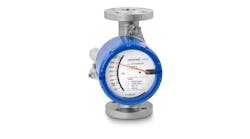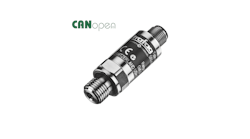Currently, there is about 13,000 megawatts of operational generation capacity located in the state of Maryland, with more than 6,500 megawatts of new generation expected to meet load growth and replace capacity that will be retired. The majority of the projects under development, according to a report by Industrial Info Resources (www.industrialinfo.com), will include clean environmental technologies like biomass, gas (landfill, natural, and synthetic), nuclear energy, and wind power.
Renewable energy projects currently under development in Maryland include biomass-fired systems, like Fibroshore, LLC’s 40-megawatt (MW) Dorchester County Biomass cogen near Vienna, Maryland, as well as landfill gas-to-energy and wind energy projects like Winergy 1,267 MW Isle of Wight Offshore Windfarm near Ocean City. Assuming that all of the renewable energy projects move forward, the report says they will represent over 3,400 megawatts of capacity. The majority of renewable energy projects under development are new windfarms, according to Industrial Info Resources. These proposed plants are expected to be located both on and off shore.
Clean burning fossil fuel-fired plants take second place with over 2,400 megawatts of planned development. These projects include installing new gas-fired internal combustion engine generators (IC) and simple cycle combustion turbine generators (CT), like Rock Springs Generation’s Rock Springs 342 MW Units 5 & 6 addition near Rising Sun, Maryland. Cleaner burning coal-fired projects, also under development in Maryland, include integrated gasification combined cycle (IGCC) units like NRG Energy’s 500 MW Dorchester IGCC plant near Vienna.

